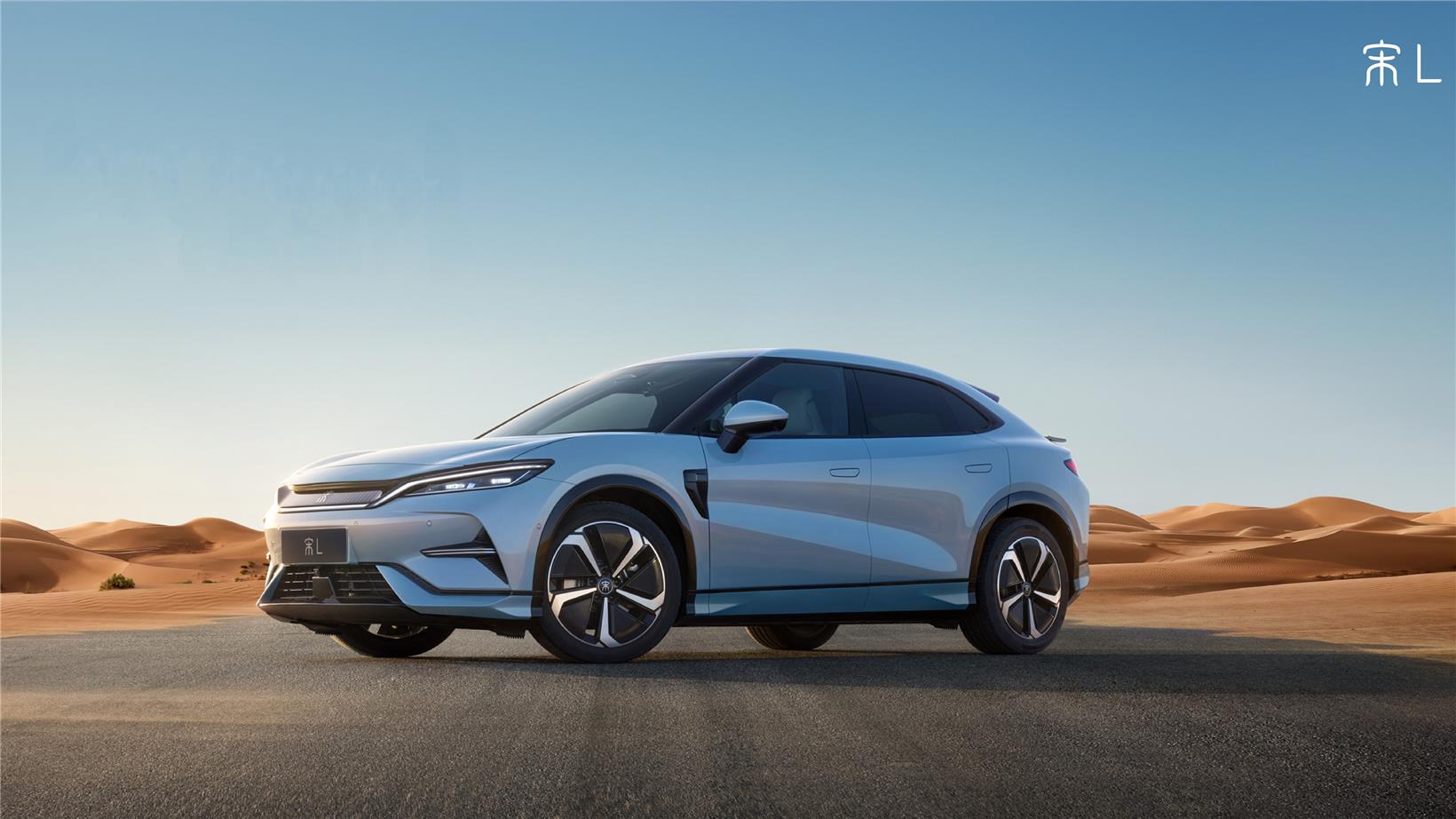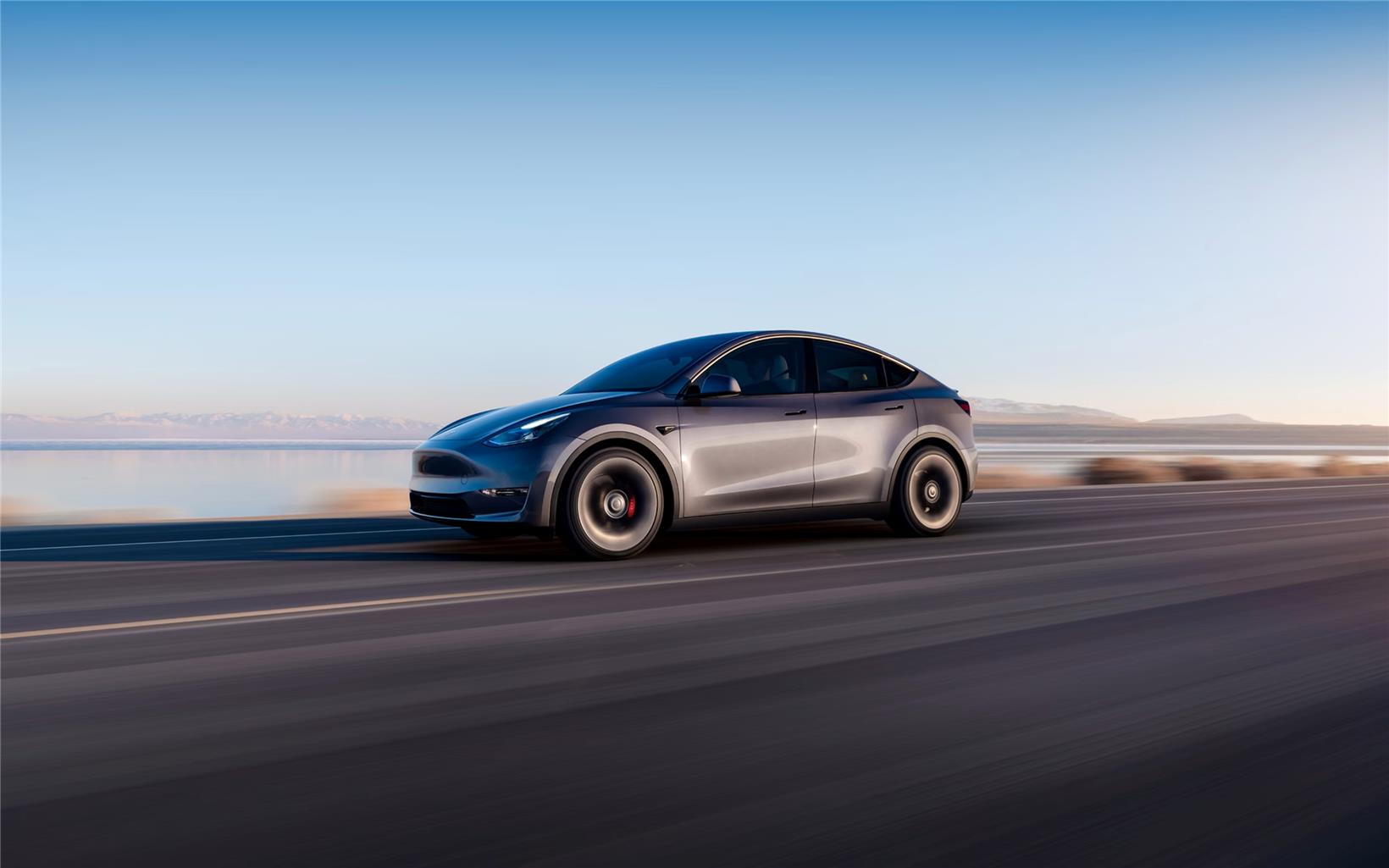China’s new energy passenger vehicle wholesale volume dips 9.7% YoY in Feb. 2024
Beijing (ZXZC)- With the impact of the Chinese New Year holiday, China’s new energy passenger vehicle market experienced a notable downturn in February 2024. Last month, the production volume of new energy passenger vehicles in China reached 426,000 units, marking a year-on-year decrease of 17.7% and a month-on-month plunge of 42.3%, according to data provided by the China Passenger Car Association.

Similarly, the country’s wholesale volume of new energy passenger vehicles totaled 447,000 units in February, reflecting a 9.7% drop from the previous year and a 35% fall from the previous month.
In terms of market penetration, new energy passenger vehicles manufacturers witnessed a year-on-year rise of 3.5 percentage points and a month-on-month increase of 1.6 percentage points in February wholesale penetration rate, which reached 34.5%. Notably, China’s indigenous brands’new energy passenger vehicles achieved a penetration rate of 45.1% last month. In contrast, mainstream joint ventures' brands only attained a penetration rate of 7.1% for new energy vehicles in February.

Song L; photo credit: BYD
In terms of specific vehicle models, there were five passenger car models with wholesale volume exceeding 20,000 units in February (compared to the 20 models in the previous month). Four out of the five were new energy models, including the Model Y (36,248 units), the BYD Song (35,273 units), the Model 3 (24,117 units), and the AITO M7 (21,090 units).
In the domestic retail sector, new energy vehicles constituted 35.8% of the overall monthly passenger car retail volume in February, reaching a monthly retail volume of 388,800 vehicles, which dipped 11.6% year over year and 42.1% month over month.

AITO lineup; photo credit: AITO
Among Chinese homegrown brands, new energy vehicles achieved a penetration rate of 55.3% in February retail sales, while luxury brands reached 24%. Mainstream joint venture brands had a penetration rate of only 4.9% for new energy vehicles.
In regards of China’s retail auto market, Chinese mainstream indigenous brands held a dominant 60.3% share of the market in February while joint venture brands held 3.4% of the market. The US electric vehicle giant Tesla held 6.7% of China’s retail market, down 0.1 percentage points compared to the previous year.
In the past month, China exported 79,000 new energy passenger vehicles to overseas markets, representing a marginal year-on-year growth of 0.1% but a month-on-month decline of 20%. New energy vehicles accounted for 26.4% of the country’s total passenger car exports in February, a decrease of 4.8 percentage points compared to the same period last year. Of the new energy passenger cars shipped overseas last month, 81.4% were battery electric vehicles.
Notably, the top two exporters of passenger cars in China were new energy vehicle makers, namely, Tesla China (30,224 units) and BYD (23,291 units).

Model Y; photo credit: Tesla
In terms of product roll-out, with Chinese automakers adopting a multi-pronged approach to realize new energy vehicle transformation, the new energy vehicle market landscape continues to expand.
In February, nine companies saw their monthly new energy vehicle wholesales exceed 10,000 units, accounting for 76.5% of total new energy passenger vehicle sales (compared to 90.7% in the previous month and 83.1% in the same period last year).
Among them, BYD took the lead with 121,748 units, followed by Tesla China with 60,365 units, Geely with 33,508 units, SAIC-GM-Wuling with 32,777 units, SERES with 30,049 units, Changan with 21,176 units, Li Auto with 20,251 units, Great Wall Motor with 12,253 units, and GAC AION with 10,006 units.

